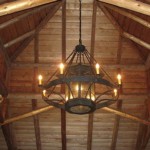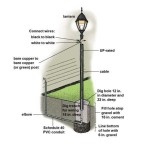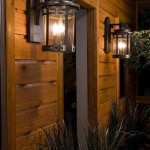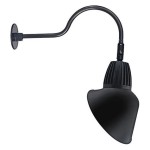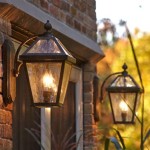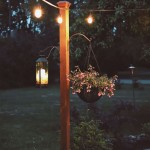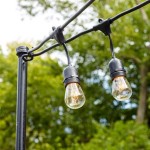How To Start Outdoor Fire Pit: Essential Aspects
Outdoor fire pits bring warmth, ambiance, and a touch of rustic charm to any backyard. Whether you're entertaining guests, roasting marshmallows, or simply enjoying a relaxing evening under the stars, starting an outdoor fire pit is a skill that can enhance your outdoor experience. Mastering the essential aspects of fire-starting will ensure a safe and enjoyable time around your backyard oasis.
To achieve a successful fire pit experience, several key elements come into play. Understanding the properties of various materials, the techniques for building a sturdy base, and the importance of airflow will guide you towards a well-controlled and safe fire.
Let's delve into each of these essential aspects, providing you with a comprehensive guide to starting an outdoor fire pit that will ignite your evenings with warmth and ambiance.
1. Choosing the Right Fuel
The fuel you choose for your fire pit will significantly impact the quality of your fire. Opt for dry, seasoned firewood that has been split into smaller pieces. This will ensure a clean-burning fire with minimal smoke and sparks. Avoid using green wood, treated wood, or materials like charcoal or lighter fluid, as these can release harmful chemicals or produce excessive smoke.
2. Building a Solid Base
A stable base is crucial for the safety and longevity of your fire pit. Choose a level area away from overhanging branches or flammable materials. Use fire-resistant bricks, pavers, or gravel to create a solid foundation that will support the weight of the fire and prevent embers from escaping.
3. Arranging the Firewood
How you arrange the firewood in your fire pit determines how well it burns. Create a "teepee" or "log cabin" structure, leaving ample space between the logs for airflow. Start with smaller pieces of kindling at the bottom and gradually build up to larger logs as the fire grows.
4. Lighting the Fire
Use a fire starter such as dry tinder, paper, or small pieces of wood to ignite the kindling. Avoid using lighter fluid or other accelerants, as these can produce dangerous flames. Once the kindling is burning well, gradually add larger logs to sustain the fire.
5. Controlling the Airflow
Proper airflow is essential for maintaining a consistent and safe fire. Adjust the position of the logs or use a fire poker to create vents that allow oxygen to reach the flames. Avoid suffocating the fire by piling on too many logs or blocking the airflow.
6. Safety Precautions
Always keep a fire extinguisher or bucket of water nearby. Never leave a burning fire unattended. Supervise children and pets around the fire pit. Avoid using the fire pit in windy conditions or during a fire ban.
7. Enjoying the Ambiance
Once you have a roaring fire going, sit back, relax, and soak up the warmth and ambiance. Roast marshmallows, tell stories, or simply enjoy the comforting glow of the flames. Create a cozy and inviting atmosphere with blankets, pillows, and soft lighting.
Conclusion
Starting an outdoor fire pit is an enjoyable and rewarding experience that can enhance your backyard gatherings. By understanding the essential aspects outlined above, you can safely and effectively build a fire that will provide warmth, light, and ambiance for your outdoor space. So, gather your friends and family, ignite your fire pit, and create memories that will last a lifetime.

How Do You Light A Gas Fire Pit Firepits Direct Learning Center

How To Light An Outdoor Fire Pit Full Service Chimney

12 Best Outdoor Fire Pit Ideas Diy Backyard

How To Create A Diy Fire Pit In Your Yard

3 Fire Pit Safety Rules For Every Backyard True Value

How To Start A Wood Fire In Pit 5 Easy Steps

Where To Build A Fire Pit On The Patio Or Separate Area Of Our Landscape Design

Outdoor Fire Pit Design Ideas Landscaping Network

Why You Should Consider An Outdoor Fire Pit Think Green Design Build Landscape

Building A Fire Pit
